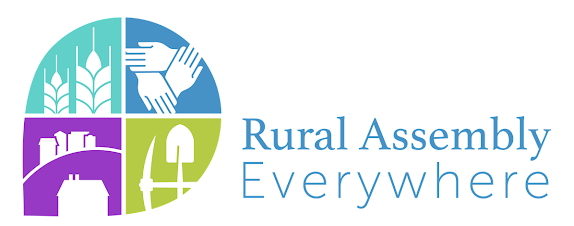 |
| So far, H5N1 has not spread from human to human. |
Despite studies showing Americans have little to zero immunity to H5N1, the strain of bird flu that has infected more than 100 herds of dairy cows and at least three farm employees, the Centers for Disease Control and the Food and Drug Administration are distributing bird flu tests at a snail's pace. "The U.S. has tested only about 45 people across the country," reports Amy Maxmen of KFF Health News. Without more testing, knowing how many dairy workers are infected is impossible. "A lack of testing means the country might not notice if the virus begins to spread between people — the gateway to another pandemic."
The CDC has around 1 million tests available, but the channels for getting the tests aren't the norm. Nirav Shah, principal deputy director of the CDC, "is concerned because the CDC and public health labs aren't generally where doctors order tests from. That job tends to be done by major clinical laboratories run by companies and universities, which lack authorization for bird flu testing," Maxmen explains. "Researchers cite testing failures as a key reason the U.S. fared so poorly with Covid."
Testing is critical to stemming a pandemic, but the U.S. needs to include clinical laboratories in the testing supply chain. Alex Greninger, assistant director of the University of Washington Medicine Clinical Virology Laboratory, told KFF News, "Clinical labs are part of the nation's public health system. . . . Pull us into the game. We're stuck on the bench."
Meanwhile, H5N1 will continue to evolve, and the virus could begin to spread from person to person vs. cow to person, which is yet another reason "to involve clinical laboratories. . . so the nation can ramp up testing," Maxmen writes. "The fastest way to get clinical labs involved, Greninger said, is to allow them to use a test the FDA has already authorized: the CDC's bird flu test. . . . The CDC opened up that possibility by offering royalty-free licenses for components of its bird flu tests to accredited labs."
While several commercial labs requested those licenses, getting FDA approval has hampered progress. "The CDC has given seven companies licenses for its tests — although none have been cleared to use them by the FDA," Maxmen reports. "Greninger said the delays and confusion are reminiscent of the early months of Covid, when federal agencies prioritized caution over speed. Test accuracy is important, he said, but excessive vetting can cause harm in a fast-moving outbreak like this one."
To learn more about the evolution and transfer of viral zoonotic diseases, click here.








